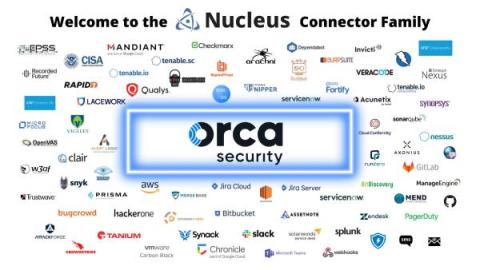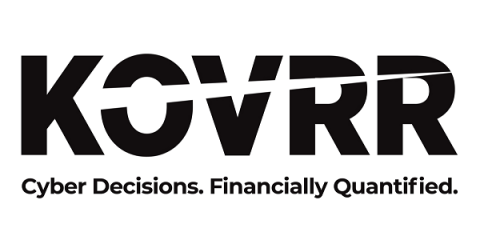How to Perform a Network Security Risk Assessment in 6 Steps
For your organization to implement robust security policies, it must have clear information on the security risks it is exposed to. An effective IT security plan must take the organization’s unique set of systems and technologies into account. This helps security professionals decide where to deploy limited resources for improving security processes. Cybersecurity risk assessments provide clear, actionable data about the quality and success of the organization’s current security measures.







